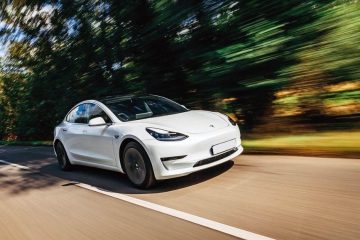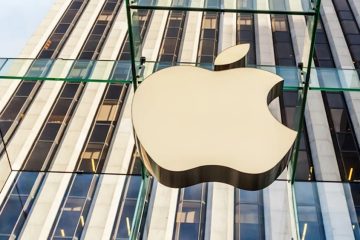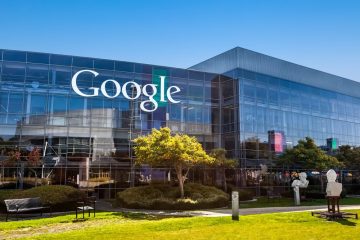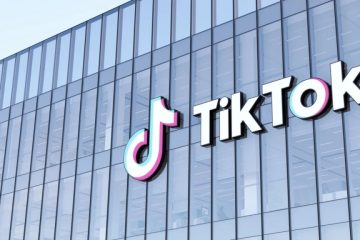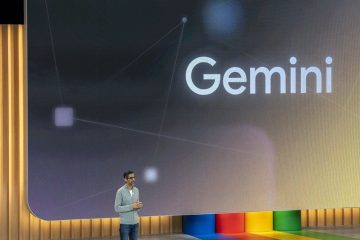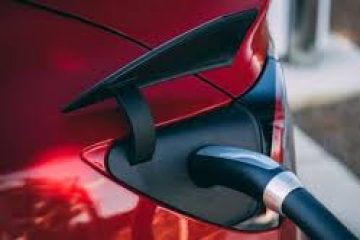The Main Driver of Apple’s Success Has Become Its Biggest Liability
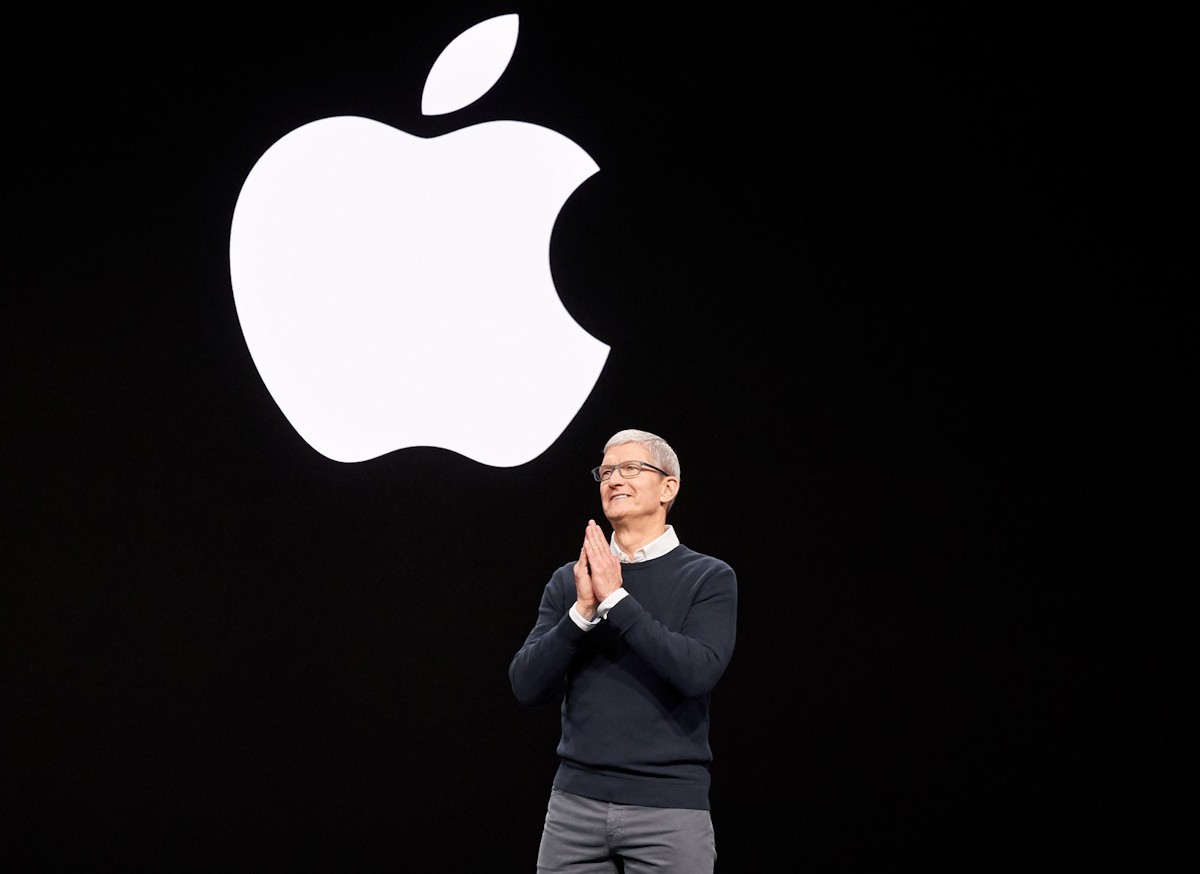
Apple Chief Executive Tim Cook has turned his company into a juggernaut on the strength of its integrated “walled garden” of gadgets and services. It’s a strategy that has churned out enormous profits—and yet it’s increasingly a problem for the company.
Apple’s hardware business is showing weakness, with sales of some devices leveling off and others declining. To shore up its revenue, the company is increasingly dependent on its growing services offerings—subscriptions, commissions on sales in its App Store and the like—and is now in a position where it must defend and try to increase that revenue at all costs. In the long run, this strategy could backfire.
Apple’s walled garden is unusually comprehensive, even by the standards of the industry. It’s not just the collection of gadgets it sells. It’s the fact that they are all integrated—in terms of both their hardware and software—that makes it very difficult for Apple customers to use devices outside of it, or switch to a competing ecosystem altogether. It has, in the words of regulators and economists, high switching costs.
Apple aggressively regulates this garden to ensure its profits, but its tactics are increasingly angering other companies and regulators, who are pushing back with growing force. Apple’s response risks only angering them further. In some ways, the company may be backed into a corner, in that it increasingly depends for its profits on its services business, which is in turn dependent on this closed system.
The result is that the $3 trillion leviathan that was born in a bedroom now cedes ground on the most far-reaching of the rules it sets for its software and hardware ecosystem only when court rulings or new laws force it to. Then there’s what critics call Apple’s bad-faith compliance with a 2021 U.S. court decision that the company must allow makers of software in its App Store to steer customers to payment methods outside of that store: Apple declared that developers must still give Apple as much as 27% of such purchases. (In a filing with the court, Apple defended this method of compliance, saying that the judge did not require the company to give up any part of its commission.) And as The Wall Street Journal reported this week, while Apple will comply with an EU law that it must allow apps from outside its app store to be loaded onto the iPhone, it will enforce new fees and restrictions on those apps.
To understand why Apple is willing to risk the ire of so many in order to preserve its cut of the revenue generated by other companies’ apps and other digital goods on its App Store, it helps to take a look at how much of Apple’s overall revenue these services now generate.
In its last fiscal quarter of 2023, which ended in September, services revenue—including commissions in the App Store and the billions Google pays Apple to be the default search engine on its devices—amounted to more than $22 billion, or a quarter of Apple’s total revenue. That’s more than half of what Apple took in from selling iPhones in the same quarter. Also, Apple’s gross profit margin on services is far higher—around 70%—than on hardware, with its under-40% profit margin
While revenue from services continues to grow steadily, Apple’s hardware revenue has broadly been flat or declining, even allowing for variance in gadget sales by season and other factors.
This trend looks like it will continue. At the beginning of the year, an analyst at Barclays warned that overall iPhone sales are proving lackluster. Then Apple took the unusual step of discounting iPhones in China, apparently to combat slowing sales in its biggest overseas market. At the same time, Apple had to remove the blood-oxygen sensor from its smartwatch to comply with a ruling in a patent dispute.
Apple’s next big hardware release, the $3,500 Vision Pro headset, looks to remain a niche product for a long time to come. And the effort to make it more than that isn’t helped by the fact that at its launch, the headset will not include apps from Netflix, Spotify or Google’s YouTube—all of which have had one kind of dispute or another with Apple over the fees it charges in its App Store.
This is an unusual move, given that Apple has touted its headset as the future of all computing. Usually, developers want to get in on the ground floor of anything that could be the next iPhone, especially when it’s being released by the iPhone maker itself.
All of these stories are, in some aspect, about the threats to Apple’s hardware revenue, and the company’s need to protect and increase its services revenue to make up for it.
Aaron Vegh is an independent developer who has developed apps for iPhone and iPad for companies including Warner Bros. and Disney. In a recent blog post, Vegh wrote that because Apple’s new mixed-reality headset has the same App Store restrictions as the iPhone, he hopes the device fails.
If the Vision Pro is truly, as Apple is touting it, the future of computing, then it’s a locked-down future in which developers have limited access to the device, and all software sales on it (and related transactions) have to be run through Apple, and subject to Apple’s approval and sales commission. That’s radically different from the Mac, which Vegh praises as an open and flexible computing platform that users can manage themselves.
“When I criticize Apple it’s because I care,” says Vegh. “But I’m worried about the direction Apple is going in.”
This sentiment is widespread among Apple developers, who in the past were rarely willing to say such things out loud. But the very public court battle between Epic Games and Apple over Apple’s App Store fees has emboldened critics.
An Apple spokeswoman said that the company explicitly allows developers to communicate directly with users, outside of their apps, about alternative payment and purchasing methods. Apple also allows those offering apps for content like books, news, audio and video to offer users access to content purchased outside the App Store, she adds.
Cook has defended Apple by saying that it takes a smaller cut of sales in its App Store than software companies used to pay for shelf space in physical retailers, that Apple doesn’t have a majority share of the global smartphone market, and that some of that money goes to creating tools for those same developers.
The company also likes to tout a study it commissioned, which found that in 2022 alone, its App Store generated $1.1 trillion in total sales, 90% of which included no commission to Apple. The way the math on that works: Apple takes a cut of only software and digital goods. The $1.1 trillion includes, for example, every Uber ride, Amazon purchase and travel booking made via an iPhone app.
Paul Haddad, the developer behind social-media apps Tweetbot and Ivory, points out that there are many carve-outs to Apple’s App Store commission that advantage some kinds of apps, which contributes to the system being unfair. Ad-based apps don’t pay a proportion of their ad revenue, news outlets pay a lower commission to Apple if they’re also part of Apple News, and streaming services can dodge it by handling subscriptions outside of the App Store. (This is something Apple explicitly enables through a special kind of link.)
The 27% commission and Apple’s messaging are “downright insulting,” says Haddad. “I’d say they attempt to be equitable but will always fall short until they lower their commission for all apps to something closer to 5% to 10%.”
Horace Dediu, a mobile-industry analyst who specializes in Apple, believes that Apple’s services revenue could continue to grow, and might someday eclipse what the company makes from the iPhone. He also thinks the steady, seemingly inexorable growth of that revenue is the main reason Apple’s valuation has soared—it’s up 50% since the beginning of 2023.
“All the numbers I have about services are very linear and consistent—subscribers, revenue—and it’s not seasonal,” says Dediu. “It’s predictable, and Wall Street loves predictability.”
He believes the Vision Pro could propel further growth. Consumer spending on experiences that might once have required someone to leave the couch could be transferred to transactions made while they remain seated. “I think Apple’s goal right now is to capture as much of the dollars spent outside the home as they can, and bring it inside the home,” says Dediu.
The most serious consequences of Apple’s defense of its walled garden are probably yet to come. The judge in the Epic-versus-Apple case still has the option to review the way Apple complied with her order, the EU is not about to give up its fight with Apple, and the U.S. Justice Department is working on a potential antitrust complaint against Apple.
There are about 1.2 billion users of iPhones in the world today, says Dediu, and more than half of all smartphones in the U.S. are now iPhones. Multiple strands of evidence suggest that, from the perspective of marketers and developers, Apple has captured a significantly wealthier and more desirable portion of American consumers, compared with Android devices.
So while Cook is correct when he notes that Apple has competition, it is increasingly clear that to reach the most desirable consumers, everyone, including Apple’s ostensible competitors, must go through Apple. In the end, this might be the most compelling reason of all that regulators might decide to put an end to Apple’s seemingly unstoppable growth.

